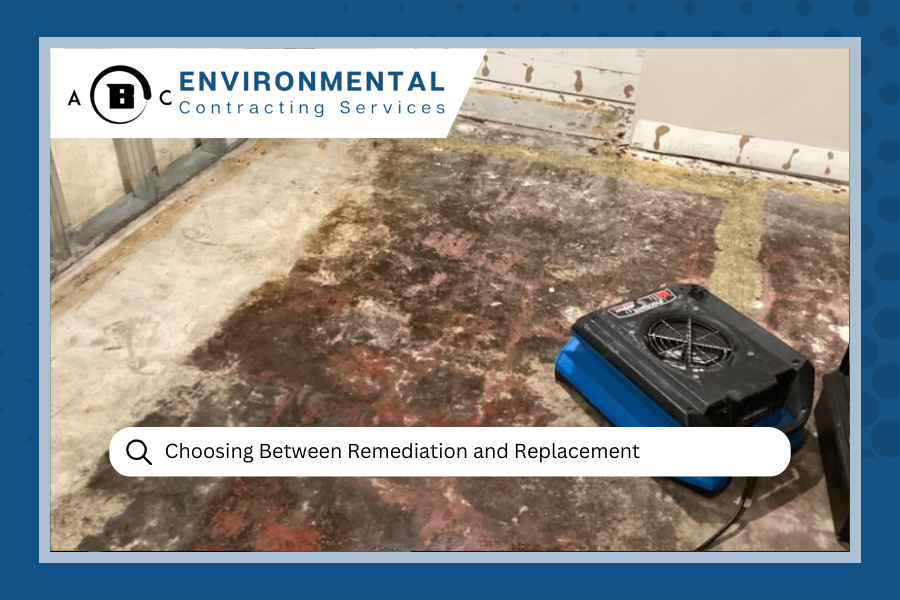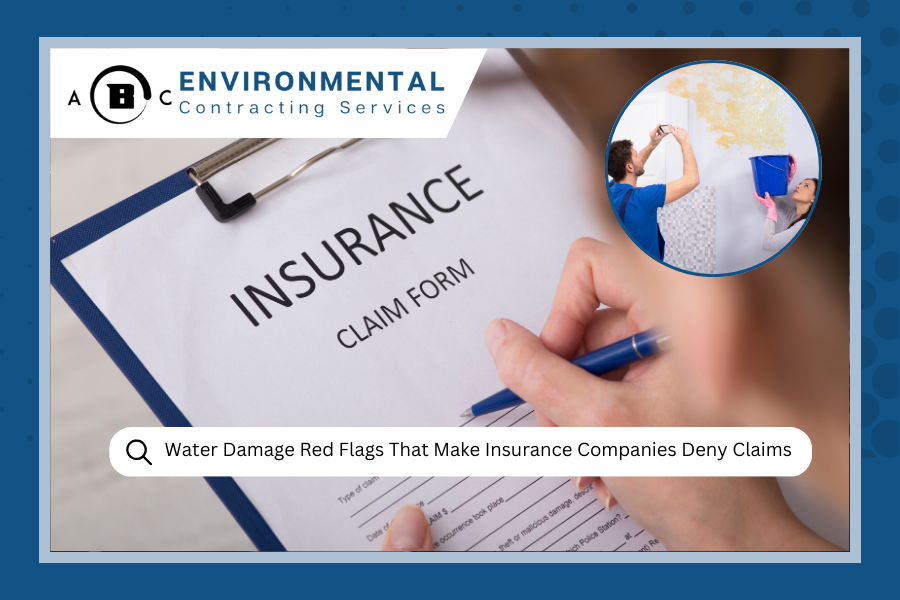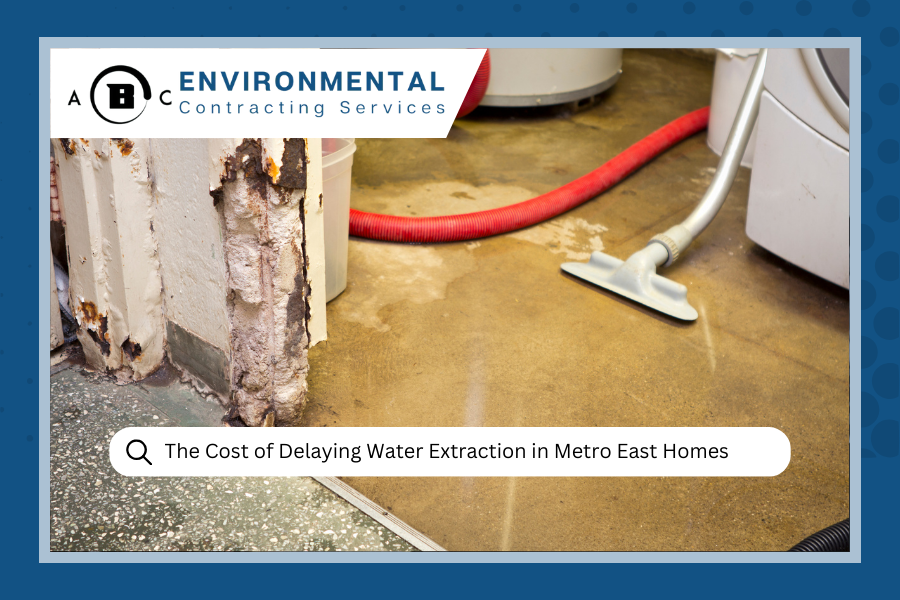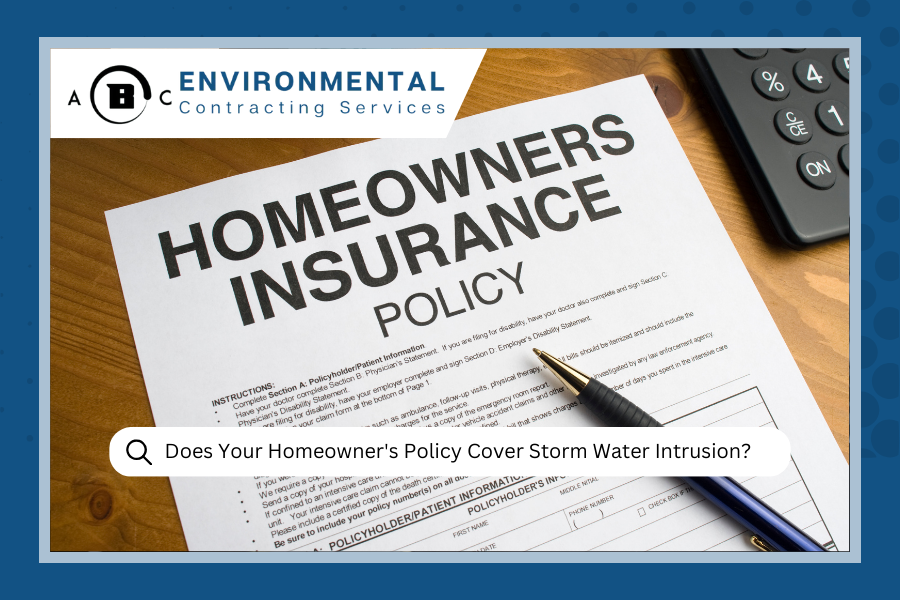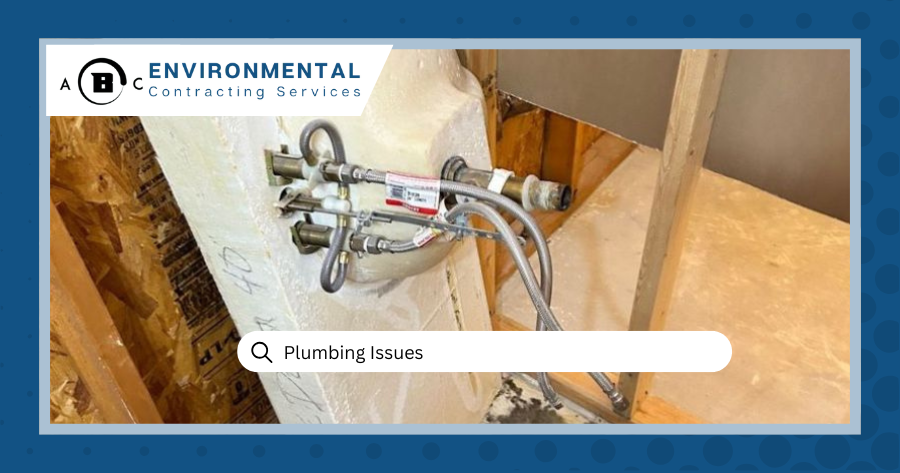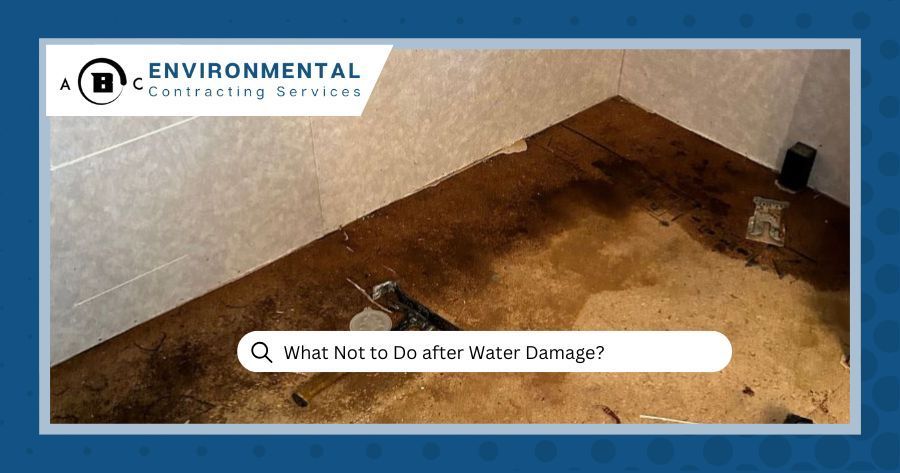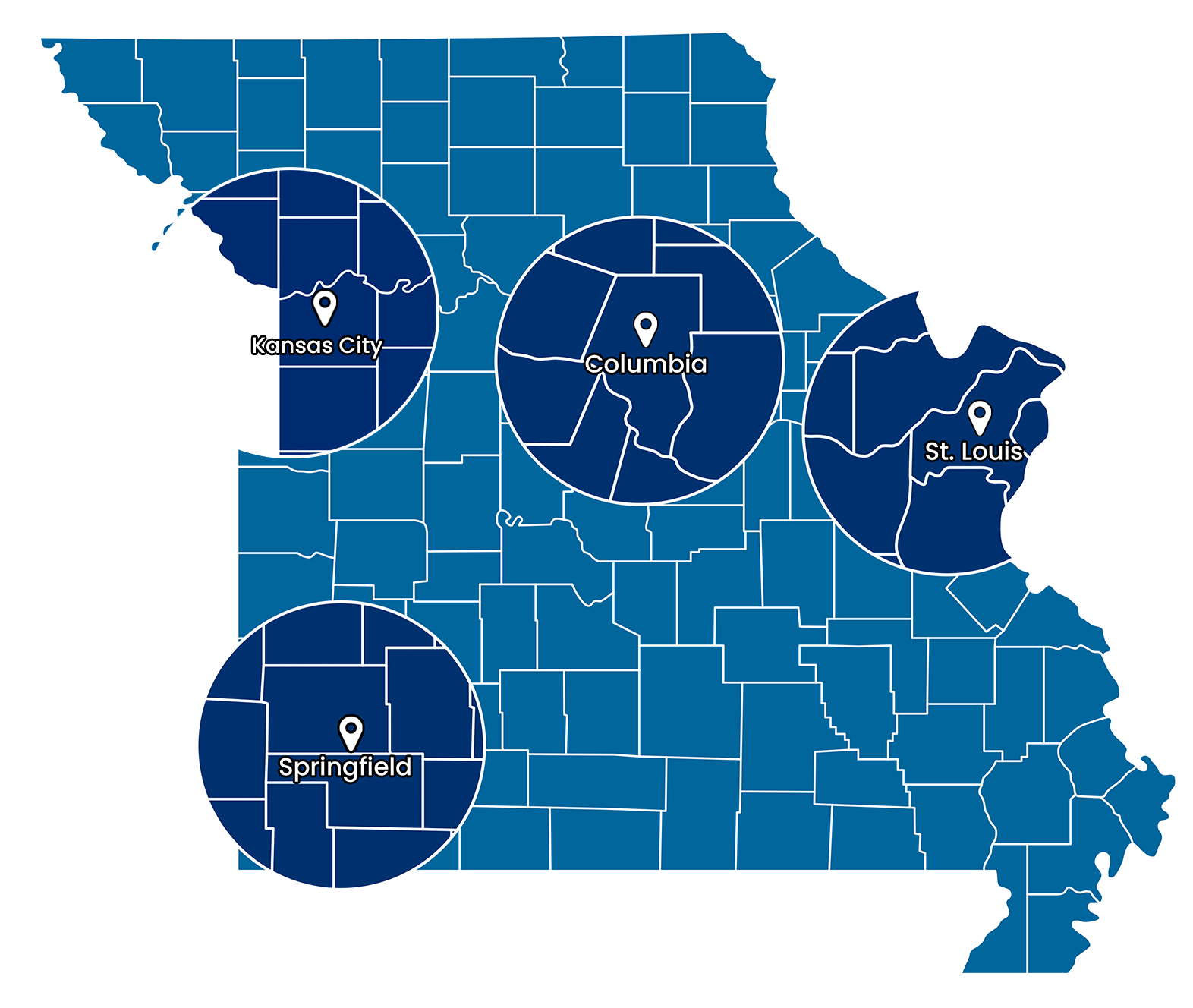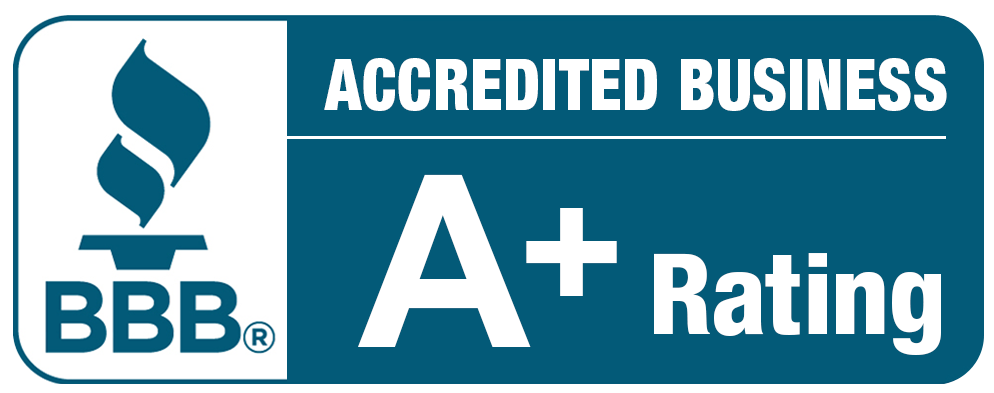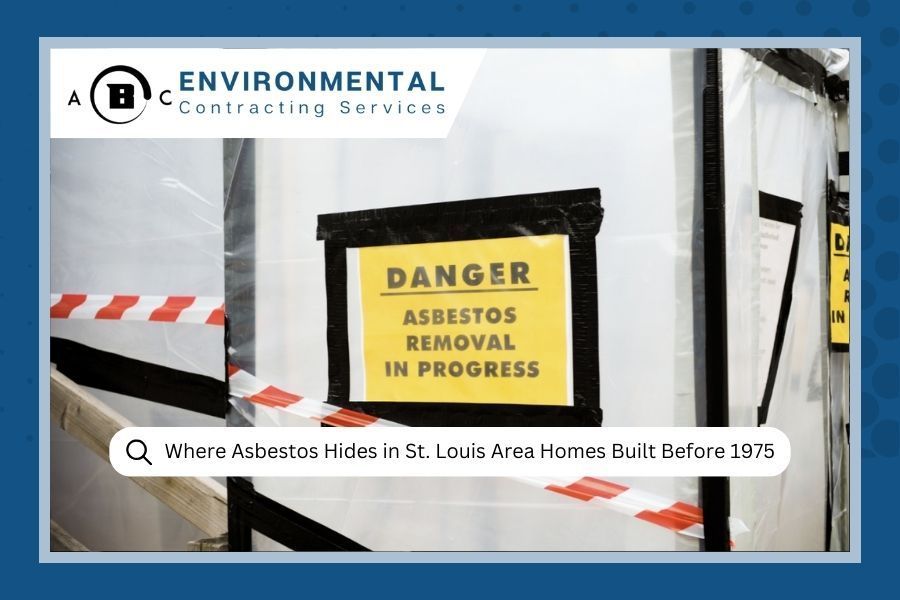
Where Asbestos Hides in St. Louis Area Homes Built Before 1975
Jump to Section:
- Why St. Louis Homes Are Asbestos Hotspots
- The Living Room: Where Comfort Meets Concern
- The Kitchen: Hidden Dangers
- Bathrooms: Wet Areas, Hidden Materials
- Bedrooms: Seemingly Safe Spaces
- Basements and Attics
- Room-by-Room Asbestos Checklist
- Legal Requirements
- The Testing Process
- Renovation Triggers
- Making Smart Decisions
- Why Professional Help Makes Sense
- Frequently Asked Questions
If your St. Louis area home was built before 1975, there's something we need to talk about. And no, it's not about your harvest gold appliances or that groovy shag carpet (though we have thoughts about those too). It's about asbestos, and chances are pretty good it's hiding somewhere in your house.
Here's the thing about asbestos in older homes: it's not always where you think it is, and it's definitely not always obvious. We've been helping homeowners across the Metro East with asbestos removal for years, and we've seen it tucked away in the most unexpected places. The good news? Once you know where to look, you can make smart decisions about your home renovations and keep your family safe.
Let's take a walk through your house together and talk about all the sneaky spots where asbestos might be hanging out, waiting to surprise you during your next home improvement project.
Why St. Louis Area Homes Are Asbestos Hotspots
Before we start our room-by-room tour, let's talk about why homes in our area are particularly likely to contain asbestos. The St. Louis region experienced a major building boom from the 1940s through the early 1970s, right during asbestos's heyday in construction materials.
Back then, asbestos was considered a miracle material. It was fireproof, didn't conduct electricity, resisted corrosion, and was relatively cheap. Builders used it in everything from insulation to floor tiles to roofing materials. Nobody knew about the health risks yet, so if a material could be made "better" with asbestos, manufacturers added it.
The federal government started regulating asbestos in building materials around 1975, but homes built before then? They're like time capsules of asbestos-containing materials. And here in the Metro East, we've got plenty of those charming mid-century homes that are now reaching the age where renovations become necessary.
Planning a Renovation? Test First, Renovate Safely
Don't disturb anything in your pre-1975 home until you know what you're dealing with. Professional testing gives you the knowledge to renovate safely and legally.
Get Professional Asbestos TestingThe Living Room: Where Comfort Meets Concern
Let's start our tour in the living room, where your family spends most of their time. This room might look perfectly normal, but asbestos could be hiding in several places.
Textured Ceilings and Wall Treatments
That popcorn ceiling that seemed like such a good idea in 1965? There's a decent chance it contains asbestos. Textured ceiling treatments, including popcorn, stipple, and swirl patterns, commonly contained asbestos fibers to add bulk and fire resistance. The same goes for textured wall treatments and decorative plaster.

Textured wall treatments and decorative plaster in pre-1975 homes commonly contained asbestos fibers for durability and fire resistance.
Here's the tricky part: you can't tell just by looking. Two houses on the same street, built by the same contractor, might have different ceiling treatments with completely different asbestos content. The only way to know for sure is through professional testing.
Vinyl Floor Tiles and Sheet Flooring
Those 9x9 inch vinyl tiles that were everywhere in the 60s and 70s? Many contained asbestos as a strengthening agent. Sheet vinyl flooring, especially the cushioned variety, often had asbestos in both the top layer and the backing. Even the black mastic adhesive used to install these floors frequently contained asbestos.
We've worked on homes where homeowners discovered asbestos tiles buried under three layers of newer flooring. Previous renovators just installed new flooring right over the old stuff, creating a hidden asbestos sandwich.
Window Glazing and Caulking
This one surprises a lot of people. The glazing compound used around windows in older homes often contained asbestos. So did some caulking materials, especially around windows and exterior joints. If you're planning to replace windows in your pre-1975 home, this is definitely something to check first.
The Kitchen: Hidden Dangers in the Heart of the Home
The kitchen is often the first room people want to renovate, and unfortunately, it's also one of the most likely places to encounter asbestos in older homes.
Behind and Under Everything
Kitchen renovations typically involve tearing out cabinets, removing countertops, and updating flooring. All of these activities can disturb asbestos-containing materials that have been safely covered up for decades.
Vinyl flooring in kitchens almost certainly contains asbestos if it was installed before 1975. The adhesives used to install countertops, particularly Formica and other laminate materials, may also contain asbestos. Even some older cabinet materials and backing boards contained asbestos fibers.
Appliance Connections and Insulation
Older homes often have asbestos insulation around water heaters, furnace ducts, and even behind kitchen appliances. If your kitchen shares a wall with a utility area, asbestos insulation might be lurking just behind your cabinets.
Bathrooms: Wet Areas, Hidden Materials
Bathrooms in pre-1975 homes present their own unique asbestos challenges, partly because moisture was such a concern that builders used extra materials to prevent damage.
Wall and Floor Materials
Cement board behind tile, vinyl flooring, and even some ceramic tiles manufactured before 1975 may contain asbestos. The grout and adhesives used to install bathroom tiles are also potential sources.
Many older bathrooms have multiple layers of flooring and wall treatments. We've seen bathrooms where ceramic tile was installed over vinyl flooring, which was installed over more vinyl flooring, which was installed over original asbestos tiles. Each renovation project just added another layer instead of removing the old materials.
Plumbing and Ventilation
Pipe insulation throughout older homes commonly contains asbestos, and bathrooms are no exception. Vent fans, exhaust systems, and even some plumbing fixtures from that era may have asbestos components.
Bedrooms: Seemingly Safe Spaces
Bedrooms might seem like the safest rooms in the house, but they're not immune to asbestos-containing materials.
Closets and Storage Areas
Walk-in closets and storage areas often contain original building materials that haven't been disturbed by renovations. Flooring, wall treatments, and insulation in these spaces might contain asbestos even if the main bedroom has been updated.
Electrical Systems
Older electrical systems used asbestos-containing materials for insulation and fire protection. Electrical panels, wire insulation, and even some light fixtures from that era may contain asbestos. This is especially important to know if you're planning electrical updates.
Basements and Attics: The Obvious and Not-So-Obvious
These are the spaces where most homeowners expect to find asbestos, and they're usually right.
Insulation Everywhere
Vermiculite insulation, which looks like small gray or brown pebbles, often contains asbestos. This insulation was commonly used in attics and wall cavities. Pipe insulation, furnace insulation, and ductwork insulation in basements are also prime suspects.
Structural Materials
Cement siding, roofing materials, and even some foundation materials may contain asbestos. Boiler and furnace components, including gaskets, door seals, and internal insulation, are also common sources.
The Sneaky Stuff
Here's where it gets interesting. We've found asbestos in places that would surprise most homeowners: old linoleum backing stored in basements, cardboard boxes that contained asbestos products, even old ironing board covers and hair dryers stored in basement boxes. Just last year, we completed a complex project involving an asbestos-contaminated home in Kansas City where asbestos was discovered in multiple unexpected locations throughout the house.
Room-by-Room Asbestos Checklist for Pre-1975 Homes
Here's a practical checklist you can use to identify potential asbestos-containing materials in your home:
Pre-1975 Home Asbestos Location Guide
| Room/Area | Common Asbestos Locations | Risk Level | Renovation Notes |
|---|---|---|---|
| Living Areas | • Popcorn/textured ceilings • 9x9 inch vinyl floor tiles • Sheet vinyl flooring • Window glazing compound • Decorative plaster |
HIGH | Test before scraping ceilings or removing flooring |
| Kitchen | • Vinyl flooring and adhesives • Countertop adhesives • Cabinet backing materials • Appliance insulation |
HIGH | Most renovation activities will disturb these materials |
| Bathrooms | • Vinyl flooring • Cement board behind tiles • Tile adhesives and grout • Pipe insulation |
HIGH | Multiple layers often present from past renovations |
| Bedrooms | • Original flooring in closets • Electrical components • Wall insulation |
MEDIUM | Check closets and storage areas carefully |
| Basement/Utility | • Furnace and boiler insulation • Pipe insulation • Ductwork materials • Vermiculite insulation |
HIGH | Professional testing required before any work |
| Exterior | • Cement siding • Roofing shingles • Window caulking • Roof underlayment |
MEDIUM | Weather exposure may have damaged materials |
Risk Level Guide:
■ HIGH:
Very likely to contain asbestos, common renovation activities will disturb
■ MEDIUM:
Moderate chance of asbestos, easier to avoid during renovations
When Renovations Become Legal Requirements
Here's something many St. Louis area homeowners don't realize: if you're planning major renovations on a pre-1975 home, you might have legal notification requirements under federal law.
The NESHAP Rule
The National Emission Standards for Hazardous Air Pollutants (NESHAP) requires notification to the Missouri Department of Natural Resources before any renovation, remodeling, or demolition activity that could disturb asbestos-containing materials.
This isn't just for commercial buildings. If your residential renovation project involves more than 260 linear feet of pipe insulation, 160 square feet of other asbestos materials, or 35 cubic feet of asbestos-containing materials, you need to notify authorities at least 10 days before starting work.
Professional Requirements
Even smaller projects require certified professionals if asbestos is confirmed. You can't just hire any contractor to remove asbestos-containing materials. In Missouri, asbestos removal must be performed by licensed professionals who follow specific safety procedures outlined by the EPA's comprehensive risk management guidelines.
We're certified for asbestos removal in St. Louis and surrounding areas, and we handle all the paperwork and notifications required by law. It's one less headache for homeowners who just want their renovations done safely and legally.
The Testing Process: What to Expect
If you suspect asbestos in your home, here's what the testing process typically looks like:
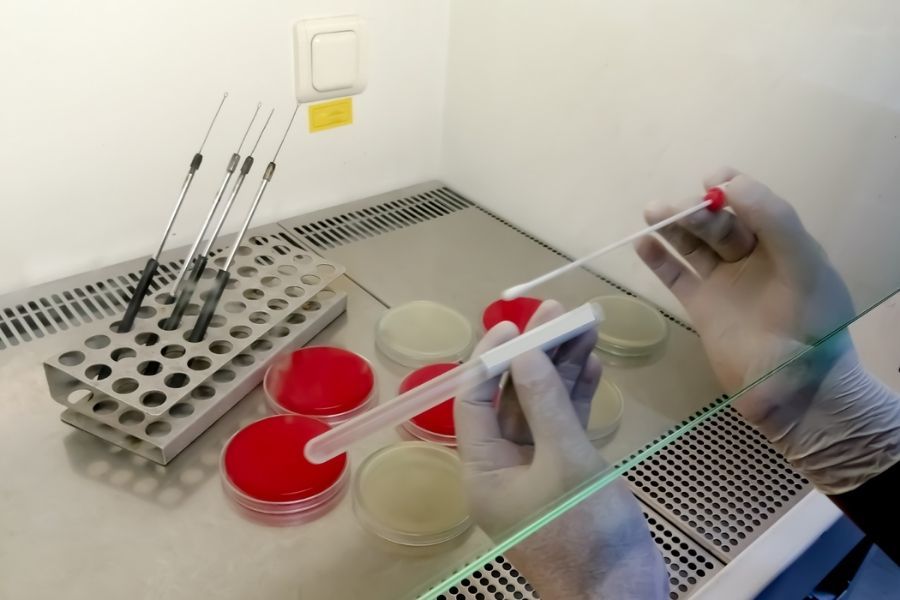
Professional asbestos testing involves careful sampling of suspect materials and laboratory analysis to definitively identify asbestos presence and concentration.
Professional inspectors will take small samples of suspect materials and send them to accredited laboratories for analysis. Professional sampling is essential because disturbing asbestos-containing materials, even for testing, can release dangerous fibers into your home's air.
Lab results usually come back within a few days, and they'll tell you definitively whether materials contain asbestos and in what concentration. Armed with this information, you can make informed decisions about your renovation plans.
Schedule Professional TestingRenovation Triggers: When Asbestos Becomes a Problem
Here's the crucial point: asbestos-containing materials that are intact and undisturbed are generally not dangerous. The American Cancer Society notes that health risks arise primarily when asbestos fibers become airborne and are inhaled. The problems start when these materials are cut, drilled, sanded, or otherwise damaged during renovation projects.
Common Renovation Activities That Can Disturb Asbestos:
- Removing or replacing flooring
- Demolishing walls or ceilings
- Updating electrical or plumbing systems
- Installing new windows or doors
- Remodeling kitchens or bathrooms
Even minor activities like hanging pictures or installing ceiling fans can potentially disturb asbestos-containing materials if you're not careful about where you drill.
The key is knowing what you're dealing with before you start any project. We've responded to emergency situations where homeowners started DIY projects and realized halfway through that they might be dealing with asbestos. Those calls are always stressful for everyone involved, and they're completely preventable with proper testing beforehand. These situations often remind us of the importance of knowing what not to do after discovering potential hazardous materials in your home, whether it's water damage or asbestos.
Making Smart Decisions About Your Pre-1975 Home
Finding asbestos in your home isn't the end of the world, but it does require some planning. Here are some practical approaches:
If Materials Are Intact: In many cases, the best approach is to leave asbestos-containing materials alone if they're in good condition and won't be disturbed by your renovation plans. Encapsulation or covering with new materials can be effective long-term solutions.
If Removal Is Necessary: Professional removal is required for any significant asbestos disturbance. This adds to renovation costs, but it's a one-time expense that eliminates the concern permanently.
Planning Around Asbestos: Sometimes you can modify renovation plans to avoid disturbing asbestos-containing materials. Creative solutions can save both money and hassle.
The bottom line is that knowledge gives you options. Surprise discoveries during renovations give you emergencies.
Why Professional Help Makes Sense
We get it, nobody wants to add unexpected costs to a renovation project. But here's what we've learned from years of helping St. Louis area homeowners: addressing asbestos properly from the beginning is always less expensive and less stressful than dealing with contamination after the fact.
Professional asbestos professionals bring specialized equipment, training, and experience that prevents contamination and ensures legal compliance. We also handle all the regulatory requirements, which can be surprisingly complex for homeowners trying to navigate them alone.
Plus, many renovation contractors won't work on projects involving asbestos unless it's been professionally removed first. So addressing the asbestos situation early actually keeps your renovation timeline on track.
Similar challenges arise with other environmental concerns in older homes. Issues like mold remediation often go hand-in-hand with renovation projects, especially when water damage has been present. We've also seen situations where plumbing issues in older homes lead to moisture problems that complicate asbestos removal projects.
| Situation | DIY Approach | Professional Approach | Recommended Action |
|---|---|---|---|
| Intact asbestos materials | Leave alone or cover | Professional assessment | Professional assessment first |
| Small renovation project | Risk contamination | Safe, legal removal | Professional removal |
| Major renovation | Illegal in many cases | Required by law | Professional removal required |
| Emergency situation | Dangerous exposure | Containment and cleanup | Call professionals immediately |
Moving Forward with Confidence
Living in a pre-1975 home doesn't mean living in fear. Millions of families safely enjoy older homes every day. The key is being informed and making smart decisions when renovation time comes.
If you're planning any significant changes to your pre-1975 home, start with professional testing. It's a relatively small investment that gives you the information you need to proceed safely and legally. Whether asbestos is present or not, you'll have peace of mind and can focus on creating the home of your dreams.
Remember, asbestos was used because it was effective at what it did. Those old homes were built to last, and with proper care and informed renovation decisions, they can continue providing safe, comfortable living for generations to come.
Get Professional Asbestos AssessmentFrequently Asked Questions
I found 9x9 vinyl tiles in my 1968 St. Louis home's basement. Are these definitely asbestos tiles, and can I remove them myself?
While 9x9 inch vinyl tiles from that era have a high probability of containing asbestos, you cannot confirm this without professional testing. Even if they do contain asbestos, DIY removal is not recommended and may violate Missouri regulations. The black mastic adhesive underneath these tiles also commonly contains asbestos, making removal more complex than it appears.
My 1972 home has popcorn ceilings that I want to scrape off before painting. What's the safest way to test for asbestos in textured ceiling treatments?
Textured ceiling treatments from 1972 frequently contain asbestos, and scraping them is one of the most dangerous DIY asbestos activities homeowners attempt. Professional sampling involves taking small sections from multiple areas of the ceiling and testing each separately, since asbestos content can vary even within the same room. Never attempt to scrape or sand textured ceilings without confirmed lab results.
During my kitchen renovation, I discovered white pipe insulation around my water heater. How can I tell if this insulation contains asbestos, and what should I do next?
White, gray, or brown pipe insulation in pre-1975 homes commonly contains asbestos, especially around water heaters and heating systems. Stop all renovation work immediately and avoid disturbing the insulation further. Professional testing and removal are required, and Missouri law requires notification before disturbing certain amounts of pipe insulation during renovations.
I'm planning to replace windows in my 1965 St. Louis home. Should I be concerned about asbestos in the window glazing compound and caulking?
Yes, window glazing compound and caulking materials from 1965 frequently contained asbestos for durability and fire resistance. Window replacement projects often disturb these materials through scraping, sanding, or heat removal methods. Have these materials tested before beginning window replacement, as disturbing asbestos-containing glazing compounds can release significant amounts of fibers into your home.
Don't let asbestos concerns derail your home renovation dreams. The experienced team at ABC Environmental Contracting Services provides comprehensive asbestos testing, removal, and consultation services throughout the St. Louis Metro East area.
We're veteran-owned, fully certified, and available 24/7 for both planned projects and emergency situations. When you're ready to move forward with your renovation plans, we'll make sure you can do so safely and legally.
Call us at (314) 668-1509 or contact us online to schedule asbestos testing for your pre-1975 home. Knowledge is power, and we're here to give you both.

